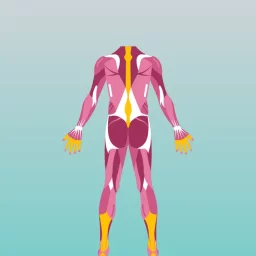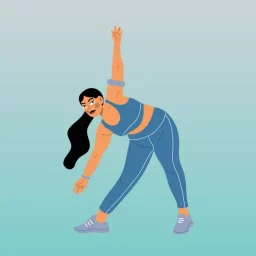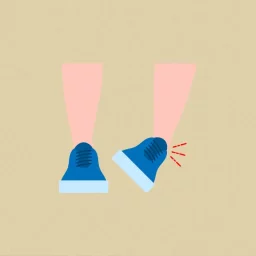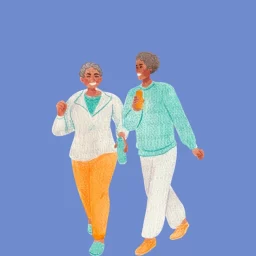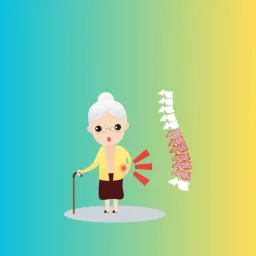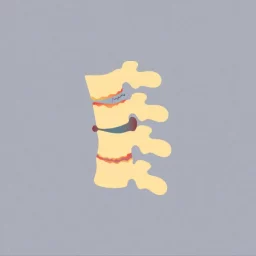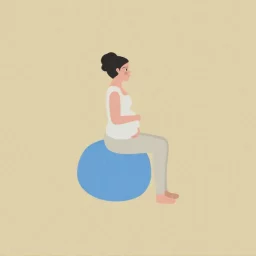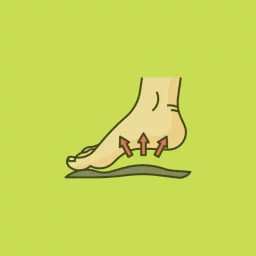Lower Crossed Syndrome
Lower crossed syndrome, similar to upper crossed syndrome, is a common culprit for pain and discomfort in the lower back that many of our patients experience.
What Is Lower Crossed Syndrome?
Lower crossed syndrome is a change in the balance of the muscles in the lower torso, hip and upper legs. First, imbalances in your body occur when your muscles are constantly lengthened and shortened. Second, tension and overactivity tend to be present in the hip flexors and lumbar extensors. In comparison, there is a weakness or under-activity in the abdominal muscles and the gluteus. Third, hamstring tension is also a common finding when glutes are inhibited. As a result of this imbalance, the pelvis will tend to tilt forward. Additionally, the lower back curvature may also be exaggerated (hyperlordosis). This can lead to hip tightening. Although, there can be some variations in the postural changes observed.
How Do We Develop Upper Crossed Syndrome?
Most of the time, it comes down to posture and leading a sedentary lifestyle. As healthcare providers, we tend to harp on posture again and again, and for good reasons. We need to stop thinking about poor posture as inconsequential and start looking at it as repetitive microtrauma: small injuries we put our bodies through day after day. These micro-traumas tend to create a domino effect from the excessive time we spend sitting. This can lead to shortened hip flexor muscles and a light lower back. The change in hip flexor tension can then lead to weakened abdominal muscles over time. Our glutes will also become weaker and inactive. This can commonly lead to increased low back injuries and hamstring injuries.
What Symptoms Are Common?
Pain in the lower back, pelvis and/or hips is commonly seen in lower crossed cases. We often see reduced mobility in the lower back and hips, pain in the hip flexors, lower back pain, pelvis or glutes. Postural changes such as an overly arched back are common, which may also give the appearance of a protruding stomach.
How Can You Treat And Prevent Upper Crossed Syndrome?
Specific exercises can improve this condition significantly. The exercises should focus on lengthening the tight muscles and strengthening the weak muscles to restore balance to the musculoskeletal system. To lengthen the hip flexors, stretching in a lunge position can be helpful. As an alternative, some people find stretching that area more effective by laying on their bed or bench on their back and letting one leg hang off the side. Cat stretches can help loosen a tight lower back. Glute strengthening by doing clamshells, bridges or hip extension can also be helpful.
Further, it is important to remember to be mindful of your posture, and the amount of time you spend sitting and to just move more. Having your ergonomic workstation properly set up will help. In addition, taking regular breaks to move around and stretch will help. There is a compensation effect with lower crossed syndrome has on surrounding joints, muscles and tendons. If you have lower cross syndrome, your healthcare provider can help. All of our providers commonly see patients affected by Lower Crossed syndrome and will be able to assist you in your recovery.
For more information or to book an appointment with one of our chiropractors, physiotherapists or massage therapists, visit our clinic websites at Curavita Byward and Curavita Glebe.
Byward Market
Email: info.byward@curavita.com
Glebe
Email: info.glebe@curavita.com




